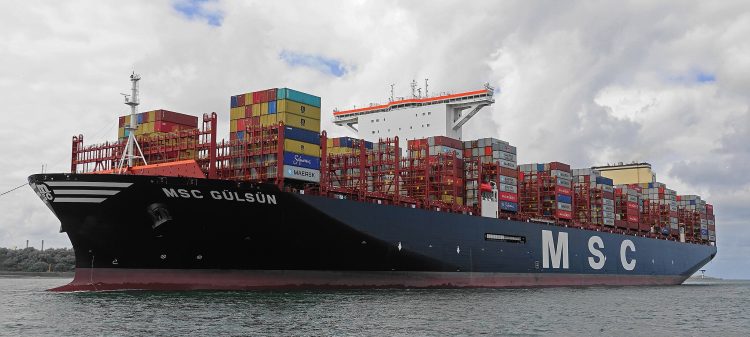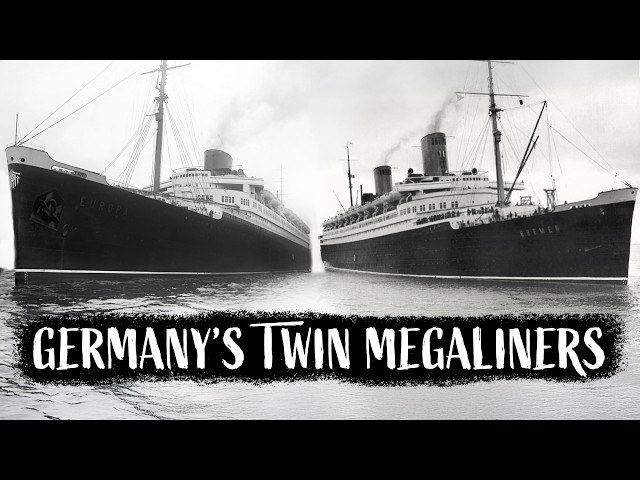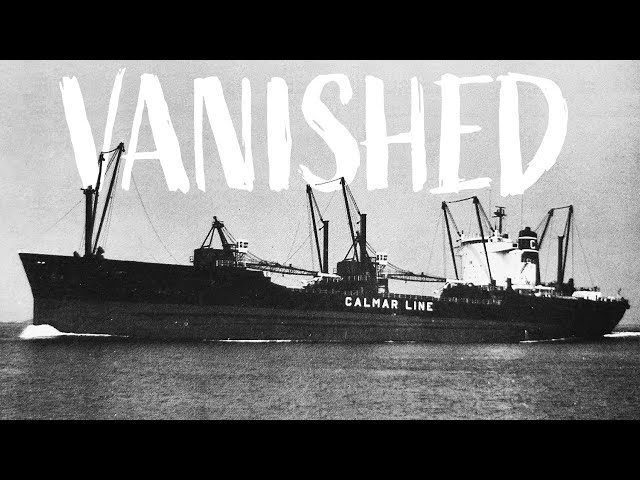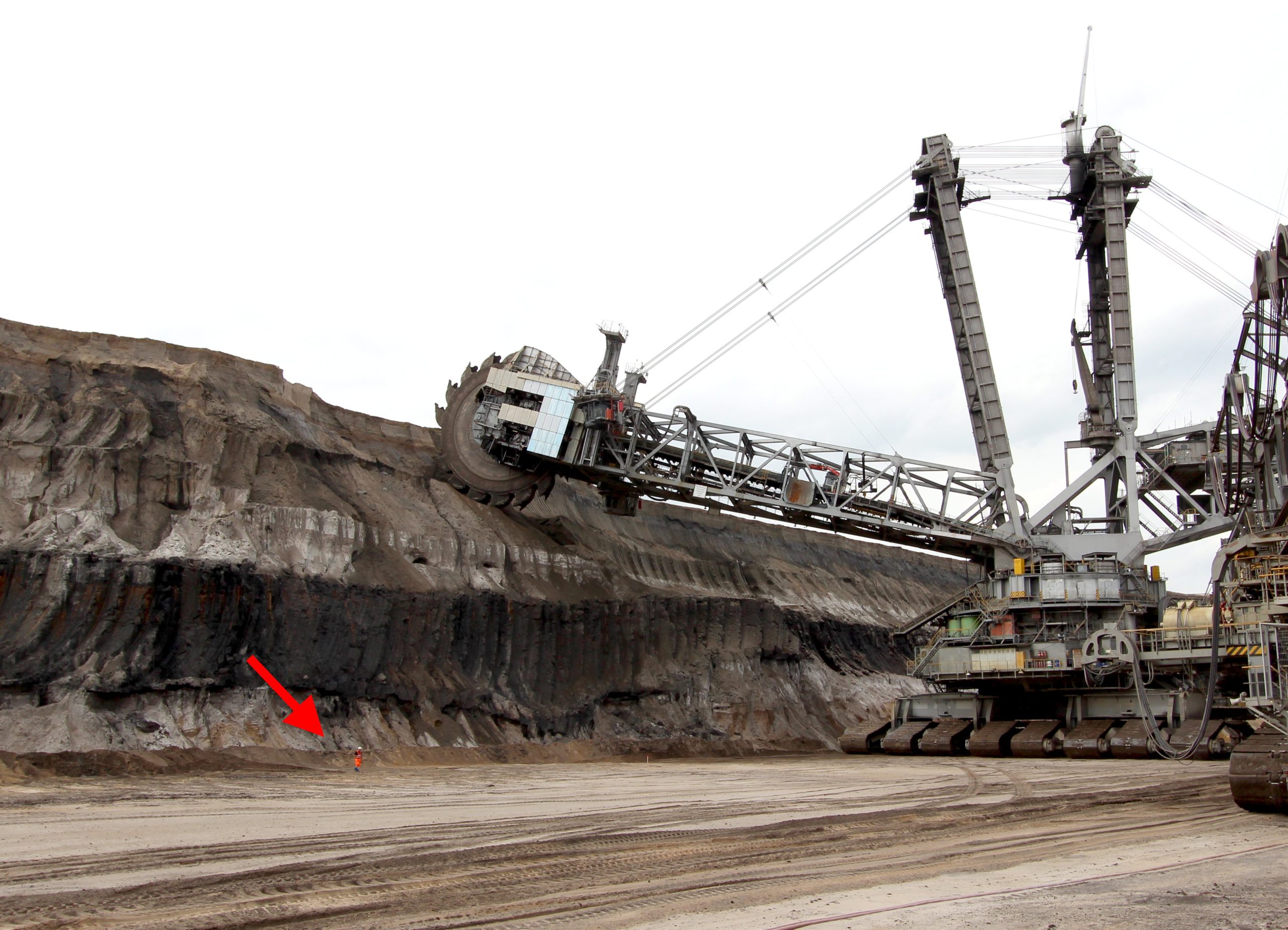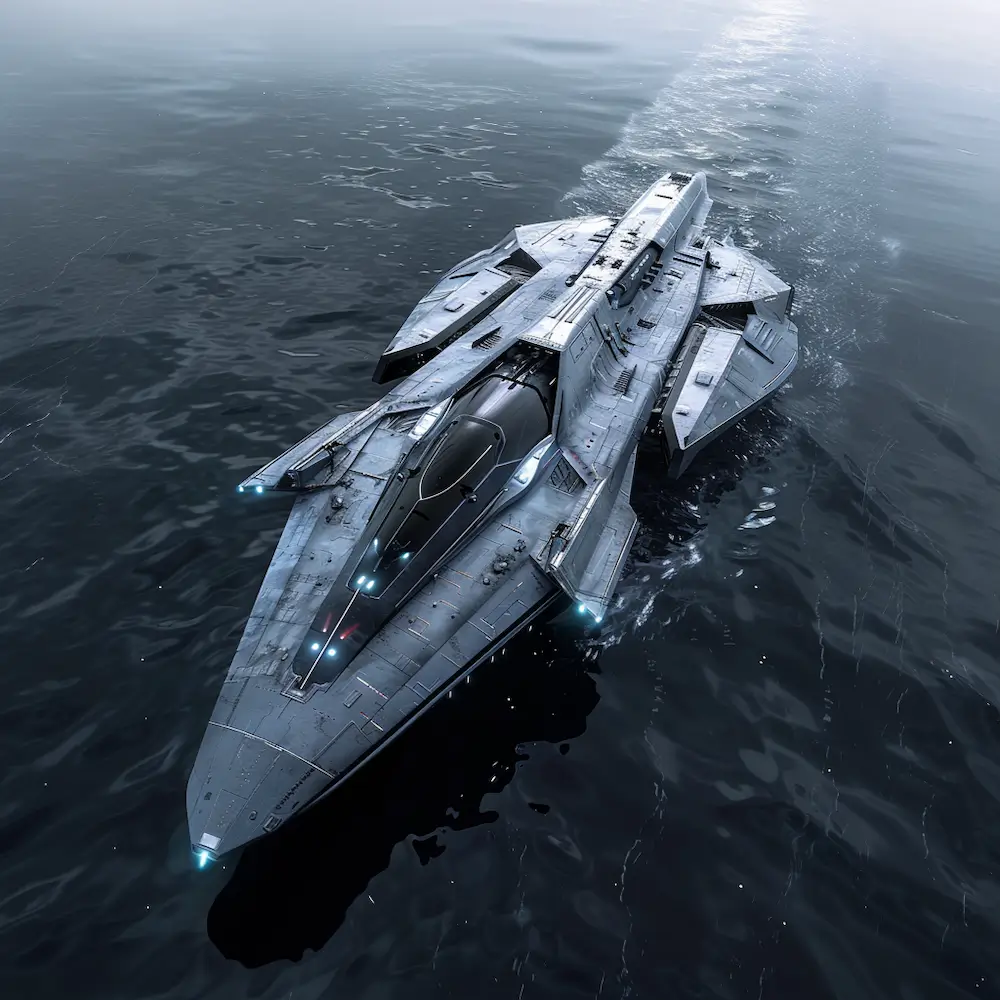MSC Gülsün: The Monster above the Sea
The MSC Gülsün, a container ship owned by Mediterranean Shipping Company (MSC), currently holds the title of the largest cargo boat globally. Constructed at the Samsung Heavy Industries shipyard in South Korea, it stands as an impressive example of engineering and sheer size.
Specifications
| Length | 400 meters |
|---|---|
| Width | 61.5 meters |
| Height | 33.2 meters |
| Capacity | 23,756 twenty-foot equivalent units (TEU) |
The MSC Gülsün is an absolute giant when it comes to cargo capacity. With a staggering 23,756 TEUs, it is the largest container ship in the world. TEU stands for twenty-foot equivalent unit, which is the standard unit of measurement for container capacity. To put this into perspective, if you were to line up the containers carried by the MSC Gülsün, end to end, they would stretch for about 105 kilometers!
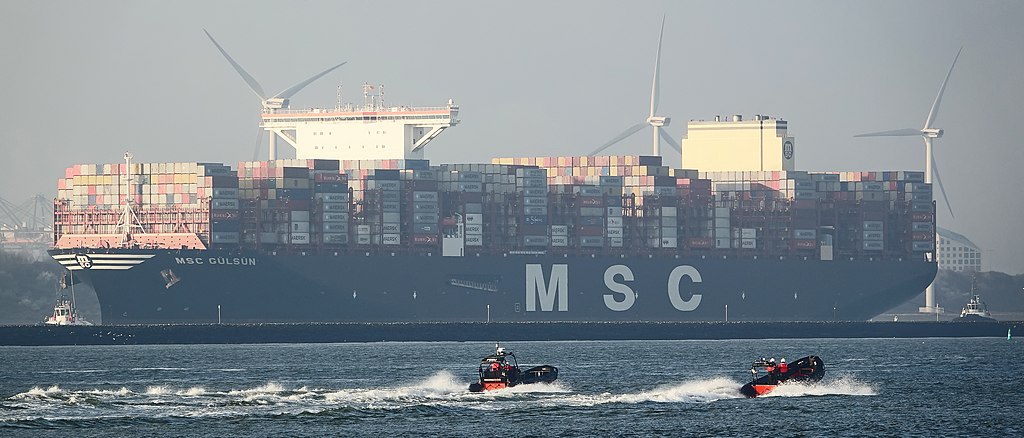
Check It Out: –> The Biggest Boats of the 20th Century
Engineering Miracle
The MSC Gülsün’s design and build represent a significant leap in shipping capabilities, pushing the limits of what’s achievable in the industry. This vessel integrates cutting-edge technology and groundbreaking innovations to enhance efficiency and minimize environmental effects. Despite maintaining the same size as older-generation container ships, it boasts increased cargo capacity. Moreover, the MSC Gülsün employs a state-of-the-art engine that prioritizes fuel efficiency, leading to reduced emissions and a smaller carbon footprint. This advancement marks a substantial stride toward enhancing sustainability within the shipping sector.
Check It Out: –> Last Survivor of Pearl Harbor Battleship are Fighting for his Life
As technology continues to advance and demands for global trade rise, we can expect to see even bigger cargo boats in the future. Shipping companies are constantly investing in research and development to build ships that are larger, more efficient, and environmentally friendly.
However, it’s worth noting that there are various challenges associated with building and operating mega-ships. Infrastructure limitations at ports, the need for deeper water channels, and environmental concerns are all factors that need to be taken into account.
